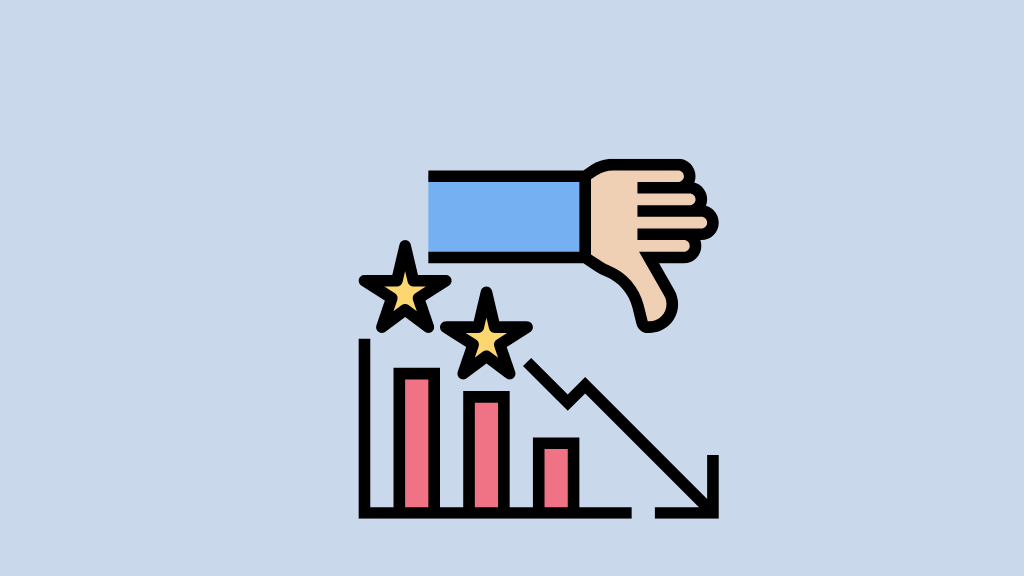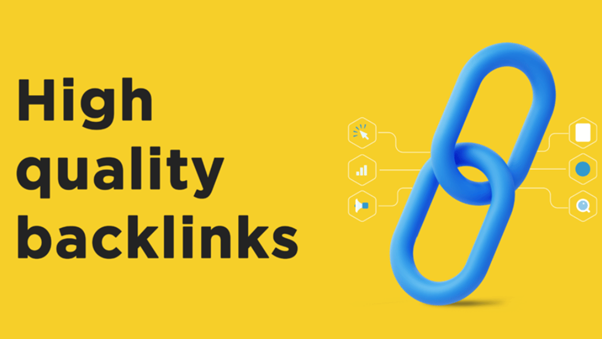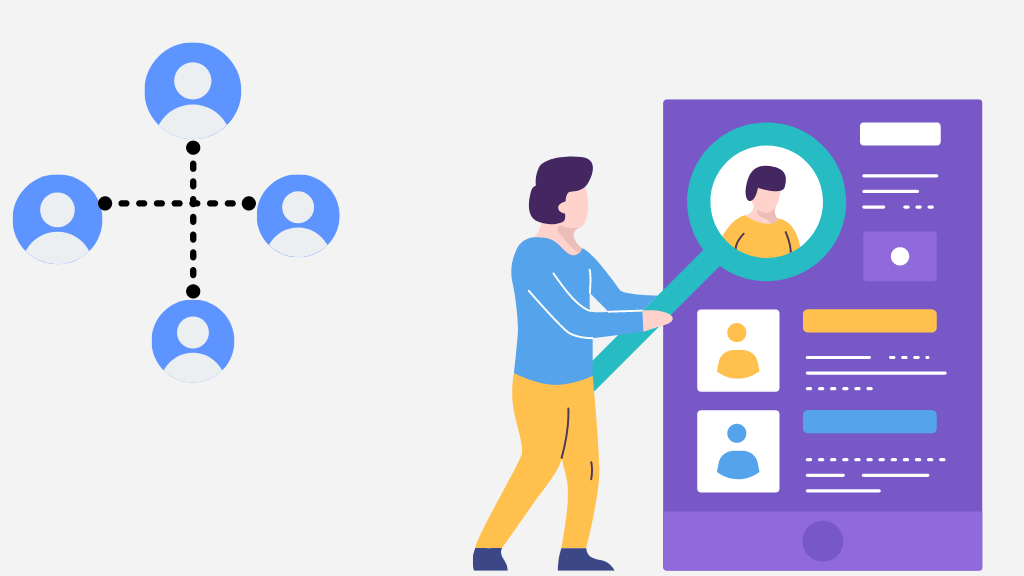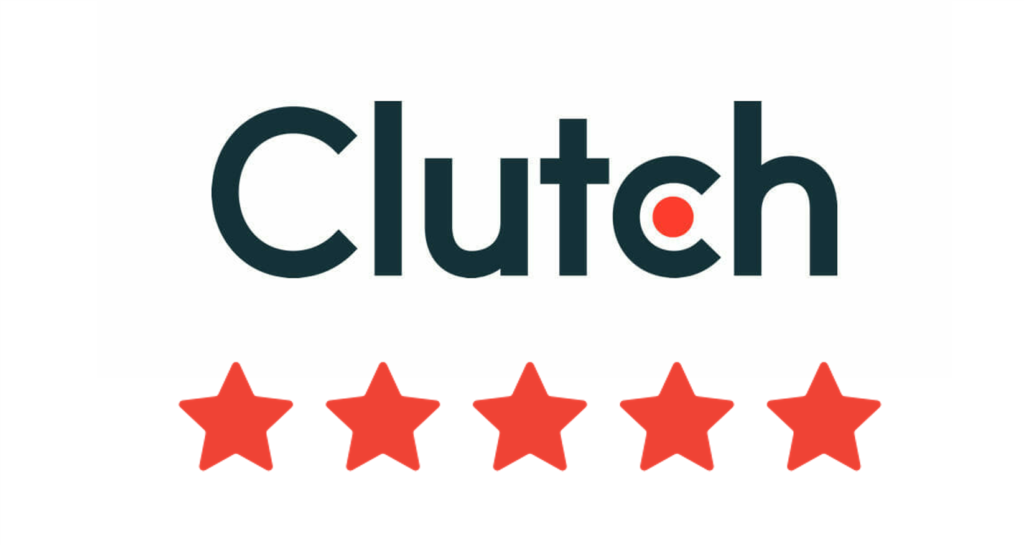Backlinks continue to be one of the most effective ranking variables for SEO. Backlinks are important for the success of any website. These links can help your domain rank and enhance exposure to your site. They can also assist you in enhancing the amount of conversions you receive each day.
However, when it comes to developing backlinks, many people need clarification about how to do things correctly that is, without getting in trouble with Google.
One of the most frequently asked questions is how many backlinks they can/should develop daily. After all, you want to avoid putting in the effort of creating a large number of backlinks every day just to wind up with a lower position because you did something incorrectly.
Many people understand the significance of excellent backlinks for your SEO efforts. However, there is a daily limit to the number of backlinks you can build.
This guide will review how many links you can build daily without raising any warning signs.
How many Backlinks Per Day is Safe?

There is no definite answer to the topic of how many backlinks per day are safe, as it relies on several factors, including your website’s age and authority, the quality of the backlinks, and the overall backlink profile.
You can build 1 link or even 500 links every day without risk. As long as you obey the guidelines, there is no limit to how many links you can create.
Google’s Webmaster Guidelines indicate clearly that making use of link schemes such as purchased links, cloaking, doorway pages, hidden links, and so on to generate more links every day to manipulate PageRank is a violation of the company’s terms of service.
However, if the backlinks you’re getting are natural, organic, or not done with malicious intent, it makes no difference how many links your website receives every day because you’re following search engine criteria.
It is generally recommended to focus on building high-quality backlinks gradually rather than trying to build a large number of backlinks in a short period. This is because search engines are becoming increasingly sophisticated at detecting unnatural link patterns, and building too many backlinks too quickly can raise red flags and lead to your website being penalized.
Is Quality The Real Issue?
Yes, quality is an important factor in the link-building process. Initially, link builders were able to focus on obtaining as many backlinks as possible, regardless of their quality. Search engines, on the other hand, have become smarter and increasingly penalize pages with low-quality backlinks. This means that it is now more important than ever to prioritize the creation of high-quality backlinks.
- Earning ‘good’ links is often difficult, and building many good connections daily is no easy task.
- As a result, when you study people getting penalized for creating a large number of links regularly.
- There’s a significant possibility they’re not building the types of links that are considered safe relevant backlinks.
- There’s an increased chance that many of these people are creating spammy links’ that have all the characteristics of a ‘low-quality link.
What are Low-Quality Links?

Low-quality backlinks add little or no value to your website and can potentially harm its search engine rankings and reputation. Here are some of the characteristics of low-quality links:
- Website links with low DA (usually less than 30) have little weight and influence.
- Links from sites unrelated to your niche or content are artificial and lack context.
- Links generated by automated networks or paid schemes are deemed manipulative and result in spam alerts.
- Links in irrelevant portions such as footers, comments, or hidden locations generate suspicion.
- Links placed in content unrelated to your website or the linked page lack context and significance.
- Links from websites reported by search engines as having spam or dangerous content harm your website.
- Links to low-quality directories or bookmark sites
- Keyword-rich, hidden, or low-quality links embedded in widgets scattered across various websites
- Low-quality links can also be sourced through a ‘link-scheme.’ Here’s another hint at what Google might think about a link scheme:
- Purchasing or selling links for the sake of ranking. This includes the following:
a. Exchanging money for links or posts with links
b. Exchanging products or services in exchange for links
- Sending a product to someone in exchange for them blogging about it and attaching a link to it.
- Excessive link exchanges (“Link to me and I’ll link to you“) or partner pages created only for cross-linking are prohibited.
- Make use of automated programs or services to generate links to your website.
As a result, people may go out and develop a lot of low-quality links every day, just to lose their ranks. These people may then incorrectly attribute their loss of rank to the amount of connections. They created rather than the real quality of these links.
It’s also worth mentioning to focus on the quality of links instead of the quantity. This will also allow you to increase the number of backlinks that are safe to build for your website.
What are High-Quality Links?

In the world of SEO, high-quality links are like gold. They are the most valuable sort of backlink, and they can have an important impact on the ranking of your website in search engine results pages. The idea here is to establish high-quality inbound links; however, what counts as a high-quality link?
Earning a high-quality link, in Google’s opinion, comes down to writing good content.
However, suppose you concentrate on content creation and gain a lot of links. How do you determine whether content is garnering links of the ‘best quality?’
After all, if you can figure this out, you’ll know what kind of content to focus on to get more high-quality backlinks.
- For starters, connections from ‘authoritative sites’ carry more weight than those from smaller ‘lesser-known’ sites.
- For example, an editorial link from a large news source will carry more weight than an editorial link from a small, new blog.
- It can be difficult to determine the authority of a specific website in some instances.
- However, SEO tools such as Ahrefs and SEMrush can tell you the ‘domain authority‘ of a certain site.
Relevancy can also have a significant impact on how much a given link affects your rankings. A high-quality backlink is also more likely to be a ‘follow’ link than a ‘no-follow‘ one.
When a website owner marks a link as a follow link, they are effectively endorsing the website in question to Google. When opposed to ‘no-follow’ links, these links tend to deliver more of a ranking boost.
Google typically does not recognize no-follow links, and they do not directly contribute to improved rankings.
However, Google recently released several no-follow link alternatives, and some of these possibilities have a different impact than standard no-follow links.
Websites that link to you will almost always employ the ‘follow‘ tag. However, you should not assume that this will always be the case. As a result, you should pay great attention to the qualities that people use when linking to your site. If you discover someone using a no-follow link, message them and ask if they’d be prepared to modify it to a follow link.
Because certain websites prohibit this, this method may not always be effective. When you consider the labor that goes into getting a link in the first place, it is typically worth the effort.
Again, most SEO tools will assist you in determining whether or not a backlink exists. In any case, these are some of the key characteristics of a high-quality link. If you focus on developing plenty of connections like this, you should be fine, even if you’re building lots of links every day.
The Importance of Diverse Link Profile

In the context of search engine optimization, a link profile is the collection of all backlinks referring to a single website. Backlinks are like votes of confidence from other websites, demonstrating the importance and authority of the linked-to site.
You want to have some diversity here because it will appear natural to Google or Bing as building too many links too rapidly can result in an unnatural backlink profile, which can trigger Google’s spam filters and result in penalties such as algorithm changes or manual actions.
For example, some people may have a very limited understanding of what a ‘high-quality‘ link looks like. They might then go out and build/buy many of these links, resulting in a link profile with little variance.
This could raise suspicion, which could result in a penalty. However, if you establish links organically, it is much easier to have a natural link profile that will not raise any red lights.
Use the Skyscraper Technique to create an outstanding piece of content. When you achieve this, there’s an excellent chance that a wide range of websites will connect to you. All of these websites will differ in terms of authority, anchor text, relevancy, and so on.
This backlink diversity will make your link profile appear natural, lowering the chances of a penalty.
What if your Website Already has a lot of Low-Quality Links?
If your website already has a large number of low-quality links, the situation is far from ideal.
Identify any low-quality links that are going to your website. To find possibly harmful links, use backlink analysis tools such as Google’s Disavow Tool
This tool, released concurrently with the Penguin update, enables users to notify Google that they do not want to be associated with specific links.

This tool is difficult to use since it has a learning curve. As a result, before you use it, make sure you understand how it works. If you do things poorly, your rankings may suffer even more.
Conclusion
As you discovered, there is no specified number of backlinks that are safe to establish per day as long as you follow the Webmaster Guidelines issued by Google.
If you build natural and organic backlinks using high-quality content and media exposure. You can build hundreds to thousands of backlinks every day without fear of manual action or algorithm penalty.
At last, you should concentrate on building high-quality links while also ensuring that your link profile is diverse.




